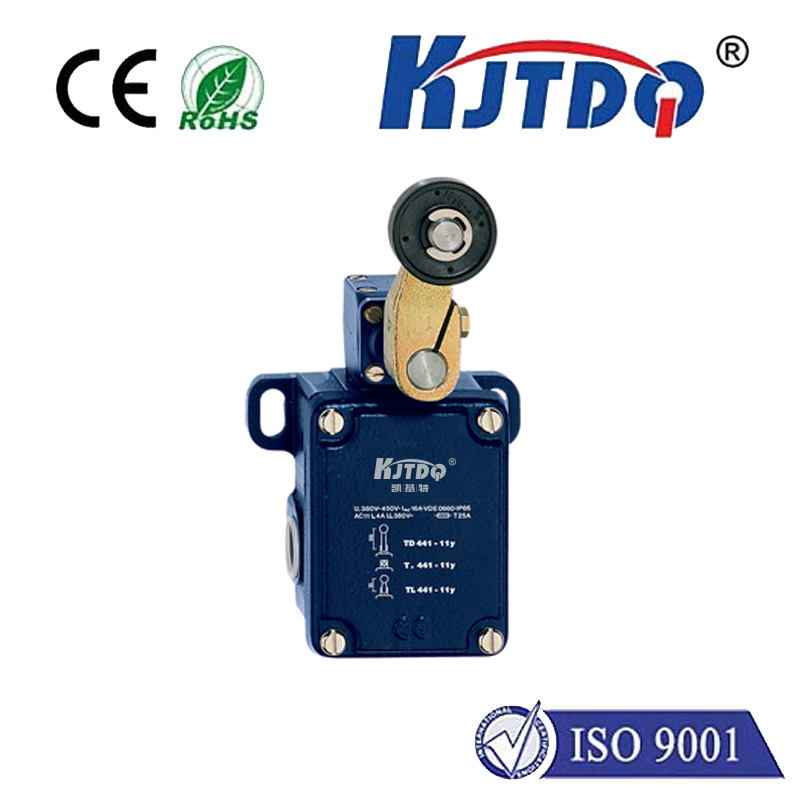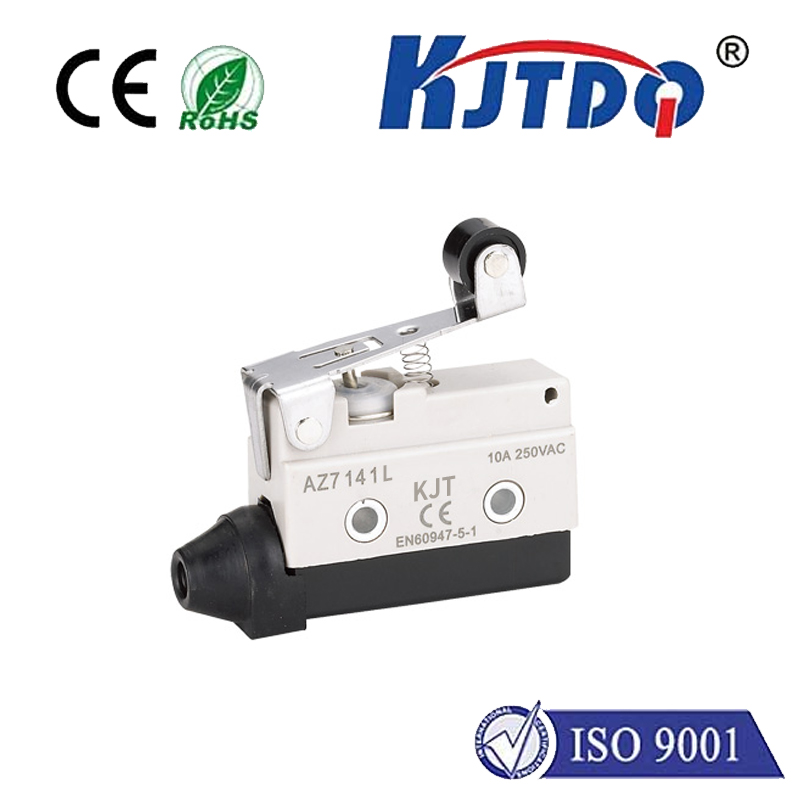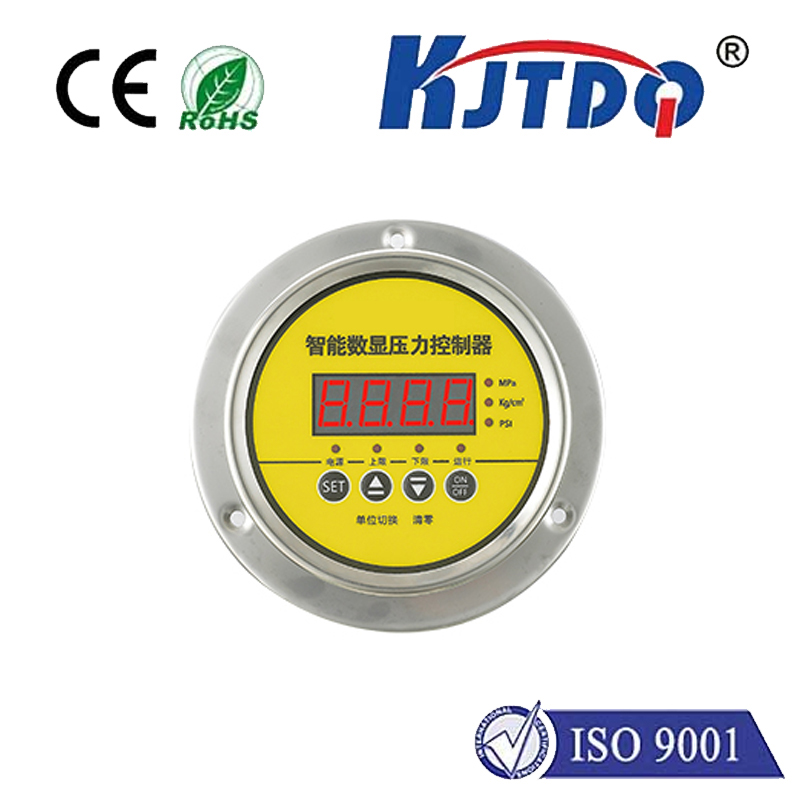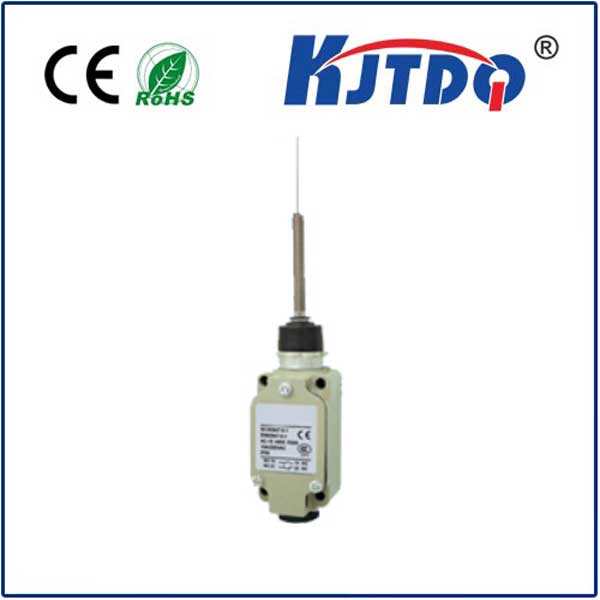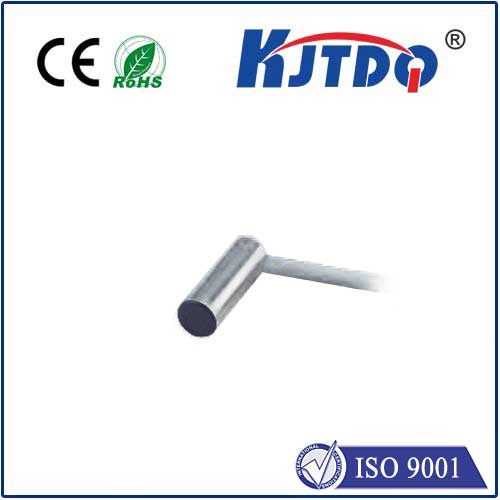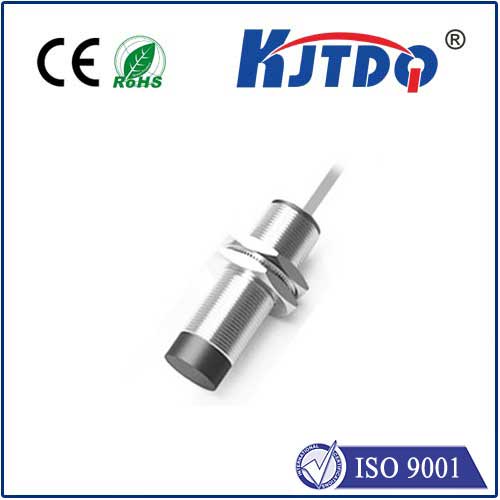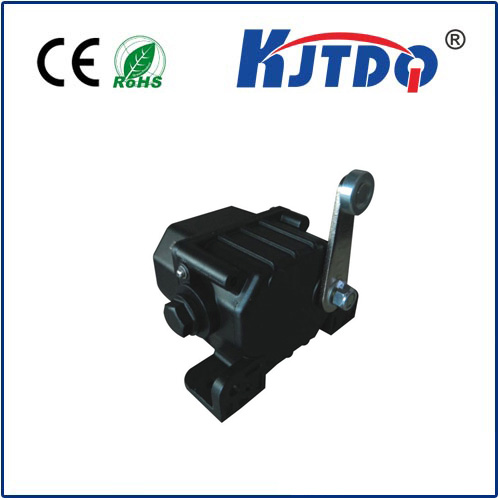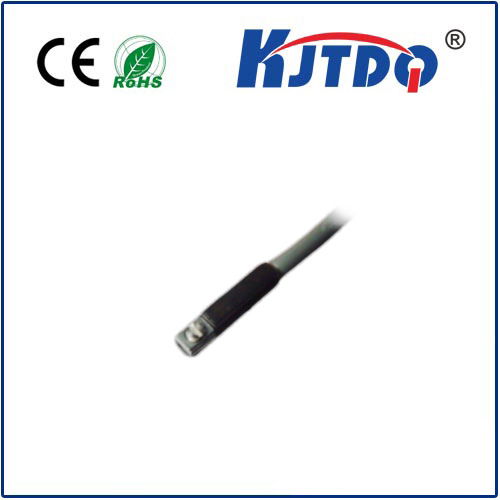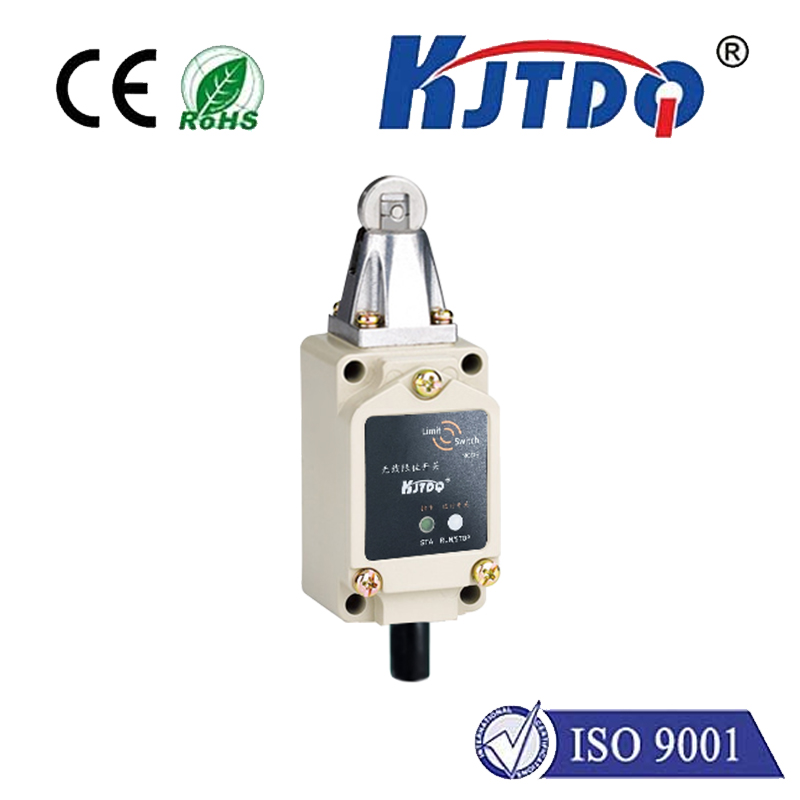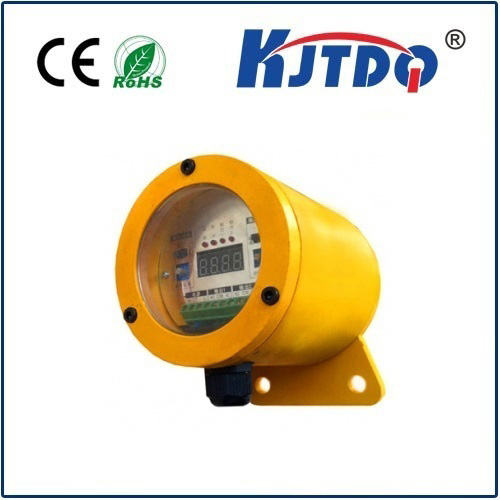

check

check

check

check

check

check

check

check

check

check
Imagine a bottling line suddenly crashing because a sensor missed the absence of a liquid fill. Or a food processing plant facing costly downtime when traditional sensors fail due to dust or condensation. These are the daily headaches plaguing manufacturing and automation engineers worldwide. The solution often lies in a small but powerful component: the M18 capacitive sensor. Far more versatile than its inductive cousins, this unsung hero detects virtually any material, offering unparalleled reliability in challenging conditions. Understanding its capabilities isn’t just beneficial – it’s crucial for optimizing efficiency, reducing waste, and ensuring seamless operations where robust and adaptive sensing is paramount.
What Exactly is an M18 Capacitive Sensor?
At its core, an M18 capacitive proximity sensor shares the fundamental principle of capacitance-based detection. Like all capacitive sensors, it functions as a non-contact switch. The sensor head acts as one plate of a capacitor, with the target object (or the earth ground) acting as the other plate. When an object approaches the active sensing face, it alters the surrounding electrostatic field, changing the sensor’s internal capacitance. This change is detected by sophisticated circuitry, triggering the sensor’s output signal – typically switching a load on or off.
The “M18” designation refers to the sensor’s standardized threaded barrel housing, precisely 18 millimeters in diameter. This compact, robust form factor, often rated IP67 (or higher), makes it exceptionally well-suited for installation in tight spaces and harsh industrial environments prone to dust, humidity, and incidental splashes. The standardized thread (usually M18 x 1 mm) ensures compatibility with a vast range of standard mounting brackets, nuts, and pre-drilled holes in machinery.
The Core Principle: Sensing Beyond Metal
What truly differentiates capacitive sensors, particularly the M18 type, from the more common inductive proximity sensors is their material independence. While inductive sensors only detect metallic objects, capacitive sensors detect any material that influences the electrostatic field – which essentially means nearly everything. This includes:
This universal detection capability stems from the sensor responding to a material’s dielectric constant (relative permittivity, εr). Materials with a higher dielectric constant (like water, εr ≈ 80) alter the field more significantly and are detectable from a greater distance than materials with a low dielectric constant (like plastics, εr ≈ 2-5). Most M18 capacitive sensors feature an adjustable sensitivity potentiometer, allowing fine-tuning to detect specific materials, ignore background objects (like container walls), and optimize performance for the application.
Key Specifications and Advantages of M18 Capacitive Probes
Understanding the core specifications is vital when selecting an M18 capacitive sensor:
Advantages Summarized:
Critical Applications: Where M18 Capacitive Sensors Shine
The unique capabilities of M18 capacitive proximity sensors make them indispensable in numerous sectors:
Capacitive vs. Inductive: Choosing the Right M18 Sensor
While both are proximity sensors sharing the M18 form factor, they serve fundamentally different purposes:
M18 Inductive Proximity Sensor:
Detects only ferrous (iron-based) and non-ferrous metals.
Typically offers longer sensing distances for metal targets.
Higher switching frequencies possible.
Not affected by the material state (e.g., liquid vs. solid doesn’t matter, only metal presence/absence).
Ideal for counting metal parts, detecting pistons/cylinders, position sensing on metal machines. (Keywords: inductive proximity sensor, metal detection)
M18 Capacitive Proximity Sensor:
Detects any material affecting an electrostatic field (liquids, solids, powders, metals, plastics, wood).
Sensing distance is highly dependent on the target’s dielectric constant
